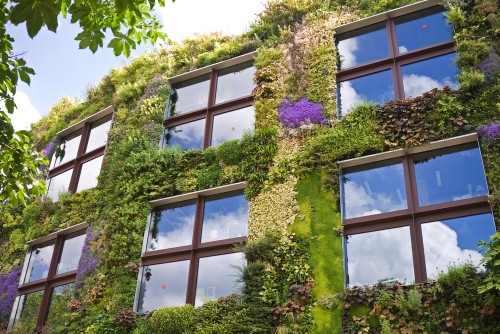
‘Green building’ Concept Could Help Create A More Sustainable 2014
If you were asked to guess what part of your life has the biggest impact on the environment, what would you say?
The answer would probably not be your office building. This is why many Australians may be surprised to learn the construction industry contributed a whopping 16.5 million tonnes of waste in 2009 – 2010. And building structures like your workplace make up part of the industry’s contribution of 31 per cent of Australia’s total waste output – a total higher than any other sector.
While most of us know to use eco friendly products to cut back on household waste, the idea that buildings could impact our environment is not as obvious.
There’s no doubt that a solution to this waste is required – and the answer may be in a concept known as ‘green building’.
The Green Building Council Australia (GBCA) describes green building as a sustainable mode of construction and design, to create buildings that have minimal negative impact on the environment.
And according to a report published by US green building industry leader Jerry Yudelson, efforts to create environmentally friendly buildings are set to make further impact in 2014.
The prediction comes after 20 per cent of Australian office market constructions in 2013 were Green Star rated buildings. Offered by the GBCA, Green Star ratings assess how a building’s sustainability measures up according to criteria including energy, emissions, materials and land use.
It’s not just new projects that can make use of the Green Star rating system – existing buildings can also use it to find out where to make environmentally friendly improvements. Buildings that make use of renewable energy sources such as solar power, recycled materials and use alternate water sources such as rainwater will rate highly on a Green Star rating system.
The surge in green building appears to be part of a trend in environmental consciousness, and a step further than traditional eco friendly thinking like using products such as green bags.
Sydney recently introduced a ‘green walls and roofs’ policy, in which plant life grows from buildings, helping to dramatically decrease carbon dioxide levels and provide an environment for birds and insects.
In fact, this ‘green living’ trend has taken off at such a rate that building materials are now being created from fungi and bacterial material in the United States, raising questions of how far sustainable living could be taken in the future.


